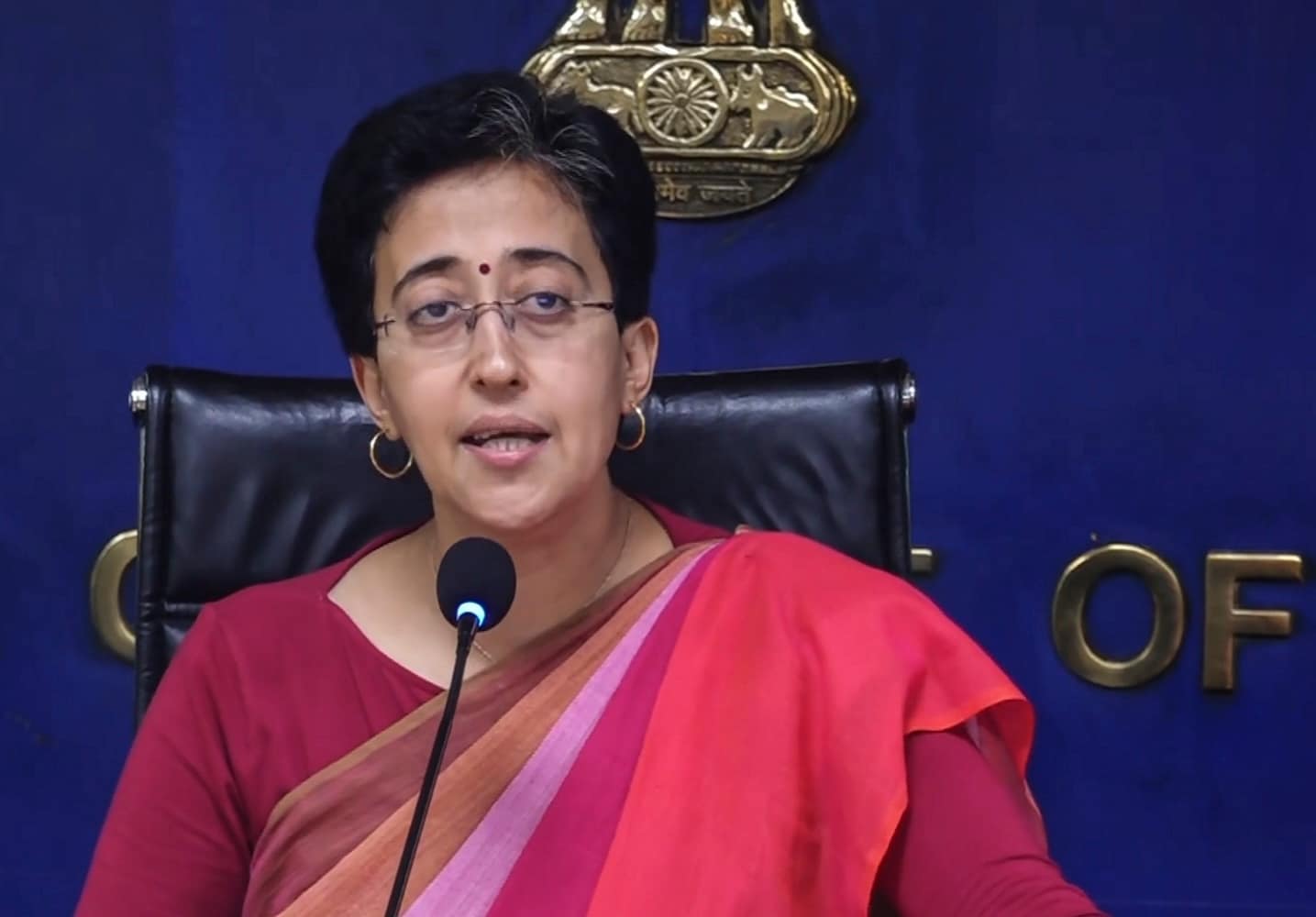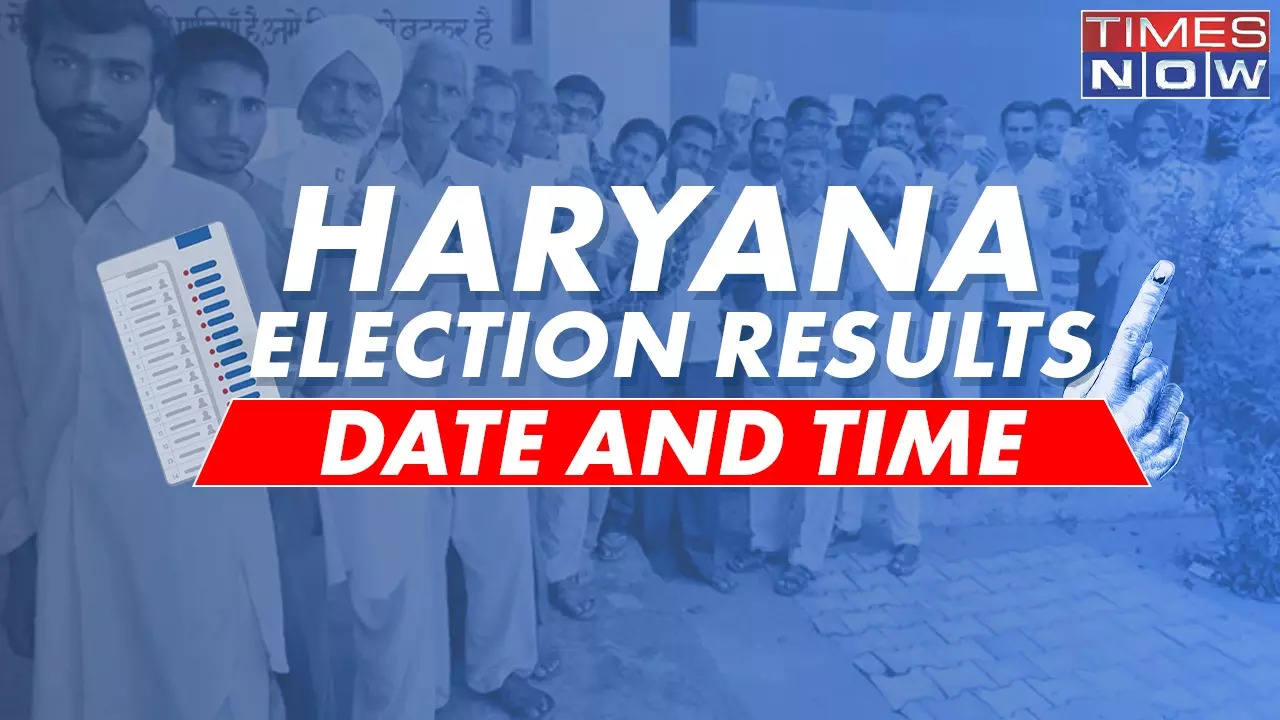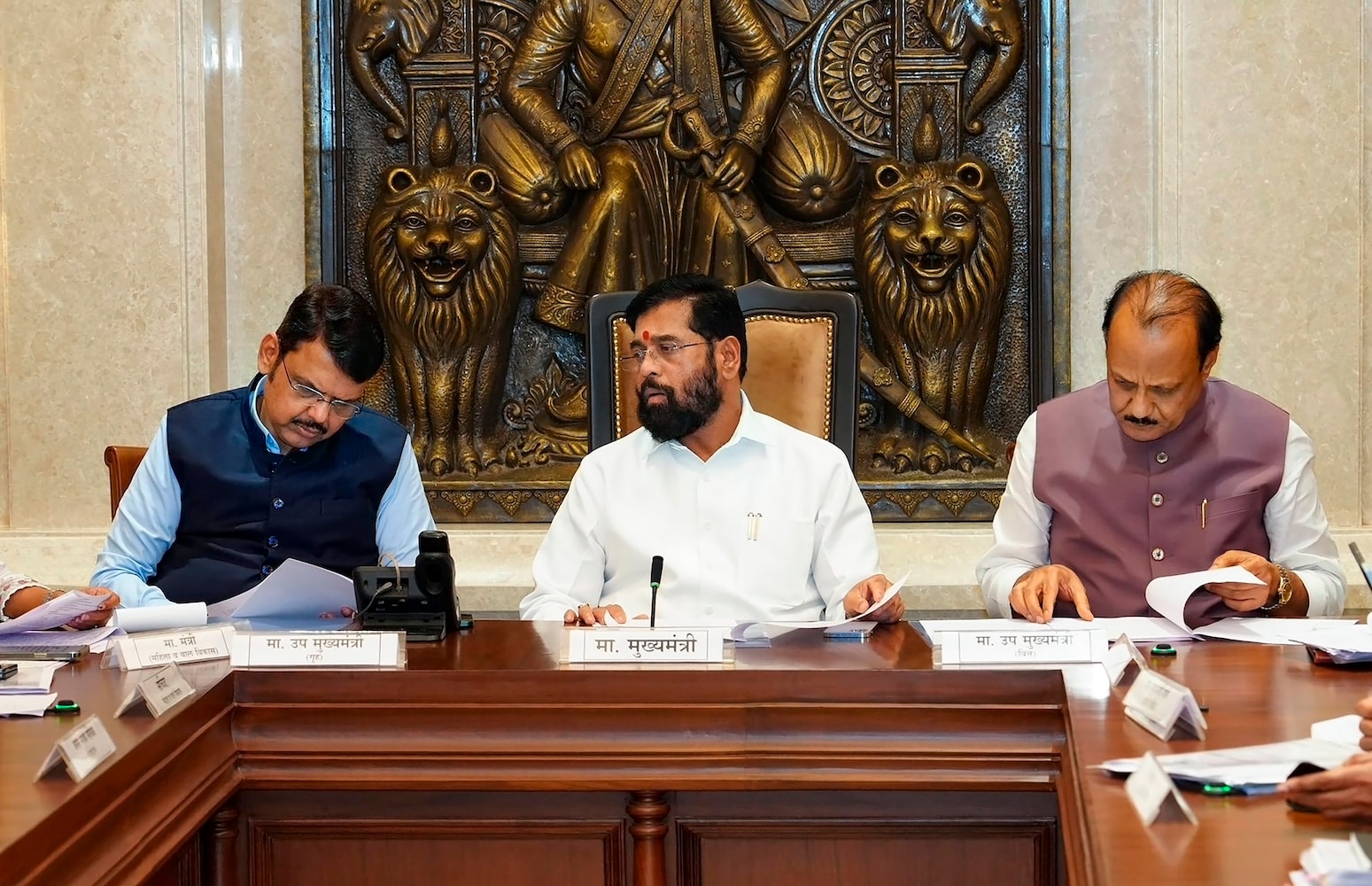
Towards the end of this week, Delhi City will get a new Chief Minister. The decision of the Aam Aadmi Party (AAP) to hand over the reins of the state government to Atishi would affect a transfer of power under different circumstances. The sudden announcement earlier this week by AAP Convener Arvind Kejriwal to step down from the post of the Chief Minister, altered the landscape for a party that shot into prominence barely a decade ago.
The party that rode on the crest of the anti-corruption wave found itself pilloried on allegations of wrongdoing in crafting excise policy for the city. Now, the party has set itself on a two-track correction course. One, by deciding to install a new Chief Minister — Atishi, a trusted lieutenant of the leadership with hands-on experience in governance, the party opted for a division of work.

The administrative aspect of governance and attendant details would from now on, be the responsibility of Atishi. Several policy issues and programmes were held up since Kejriwal continued to be Chief Minister since his incarceration in March this year. The administration was in a state of paralysis.
Without formal approval of the Cabinet which only the Chief Minister could convene, many welfare projects could not be pushed forward. Atishi and her government would have two windows to work on. Since Convenor Kejriwal suggested early elections by November, the city government must move with alacrity on most of its welfare projects and bring it on to the front burner.
Besides traversing through the labyrinth corridors of the Delhi Secretariat, the Chief Minister would have to strike an amicable working equation with the Lieutenant Governor. Clearances from Raj Bhavan on the Civil Lines are mandatory under the scheme of city governance. The other window is to work on a slightly stretched timeline of four months since polls in Delhi are due in February 2025.
Either way, the new government cannot afford to hit the ground running from Day One. The performance of the government or its inadequacy would become election campaign material, depending on which side of the political fence the parties in the contest are. The second prong of the party strategy is for the leadership to devote itself to political outreach.
AAP, which has a strong base among the low-income sections of the capital, would have to ensure that these constituents' issues are addressed while working to woo back at least a section of the middle class, once associated with the AAP. The party, which owes its political rise to the denizens of Delhi, needs to reaffirm its position as the political outfit of the city. In the last two elections, the city voters gave AAP landslide victories in the assembly and recently reposed faith by entrusting it with a majority in the civic body.
While this remains a priority, a sub-script is already running parallel. The AAP threw its hat in the electoral ring in neighbouring Haryana, which is going to elect a new government on October 5. After its negotiations with the Congress for poll adjustment/accommodation failed, AAP fielded candidates in all 90 constituencies in the state.
True the AAP, was part of the I.N.D.
I. Alliance during the Lok Sabha polls, and contested the seven Delhi seats together, the combine’s effort was not enough to prevent the BJP from retaining all the constituencies. State leadership on either side maintained that the pact was meant for national elections and the states.
In Haryana, the political ground is considered fertile for the Congress to reap a richer electoral harvest. The BJP-led government is facing headwinds, and to blunt the anti-incumbency factor, the party brought in Nayab Singh Saini as Chief Minister in the place of Manohar Lal Khattar. Issues like unemployment, anger against the Agniveer scheme, and farmers who are sullen over unresolved matters have come to the centre stage of the election debate.
So what can the AAP offer to the electorate which is vastly different from what the Congress is pitching? Political observers view the presence of AAP could at best result in the party collecting a portion of anti-BJP votes. By all accounts, Kejriwal decided to spend more time in the state during the next few weeks campaigning for party candidates. The AAP's move is to have a legislative presence in the state which shares borders with Delhi and Punjab, where the party is in government.
Haryana can then act as a buffer for the party to launch similar forays in assembly elections. The attempt would be to create and offer the people of the country an alternative to those not with the other two major national parties. From now on, AAP and its political leadership can devote energies towards this objective.
—The author, K V Prasad, is an author and political analyst. The views expressed are personal. Read his previous articles here.














